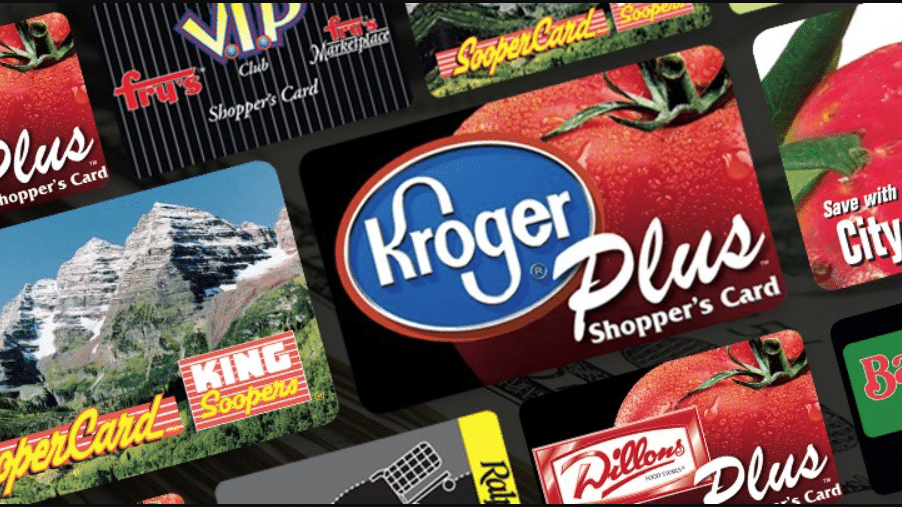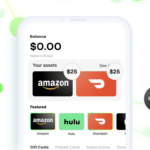
Are you a member of your neighborhood grocery store’s loyalty program because you’re loyal to that store and love it just that much? Or is it because you have to be, in order to get access to the store’s advertised discounts and digital coupons?
A new report finds we’re members of more loyalty programs than ever, and yet not particularly loyal to any of the retailers that run them.
“Today’s buyers are hungry for value, and so retailers are right to invest in loyalty,” the cash-back rewards platform provider Upside writes in its Going Beyond Loyalty report. “But just because a customer belongs to a given program doesn’t mean they’ll actually behave loyally, so a typical loyalty program alone isn’t enough.”
The report notes that the average consumer is a member of 18 loyalty programs, from grocery stores to retailers to restaurants. That’s nearly double from a decade ago. But most members actively participate in only about half of them.
The category with the highest rate of membership and engagement is grocery – but not necessarily because members want to participate, but because they feel they have to. 74% of survey respondents belong to a grocery loyalty program, far outpacing the second-place category of pharmacy, where only 39% report a loyalty membership.
For grocery programs in particular, “when consumers hear ‘loyalty,’ they think ‘discount,’ so these programs are likely to appeal,” Upside noted. “As prices increase, consumers want better bang for their buck, and they often turn to loyalty programs to find it.”
Aside from discounts, though, do grocery loyalty programs offer much? Nearly half of all grocery loyalty members said loyalty membership hasn’t encouraged them to purchase any more often than they otherwise would have, and about the same number wouldn’t even recommend their grocery store’s loyalty program to others, the highest rate of non-recommendation among all categories.
Part of the problem, particularly among grocery stores, is that “loyalty programs have become increasingly similar to one another, hindering retailers from distinguishing themselves among customers,” the report finds. They all offer access to the store’s digital coupon program and to advertised sale prices, but many don’t offer much else, like special perks or bonuses that would help a grocery loyalty program stand out.
Compare that to a category like restaurants. Unlike grocery, where a loyalty program is largely just a platform to clip coupons and access weekly sale prices, restaurants often offer personalized deals, special bonuses and you can earn points for purchases that can be redeemed for free items in the future. About a third of survey respondents said they’re a member of at least one dining loyalty program. And those who are, are members of a lot of them – an average of four, more than any other category.
“Consumers are actively seeking value, and retailers are wise to use tools like loyalty programs,” Upside CEO Alex Kinnier said in a statement. But “these survey findings indicate that today’s loyalty offerings have become table stakes for customers, and retailers have an opportunity to do things differently.”
So you may have felt forced to join your grocery store’s loyalty program, even if you don’t feel particularly loyal to the store, just because you’d otherwise be stuck paying full price every time you shop there. But there are – and should be – more to loyalty programs than that, this report concludes. And the stores that figure it out, may finally make their “loyalty program” live up to its name.
Image source: Kroger










